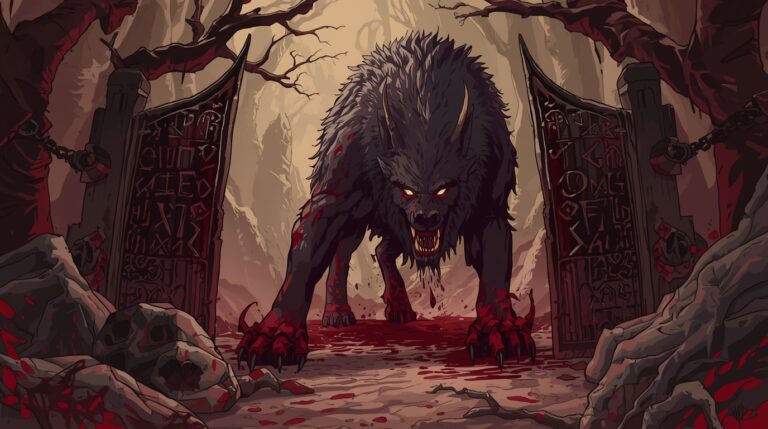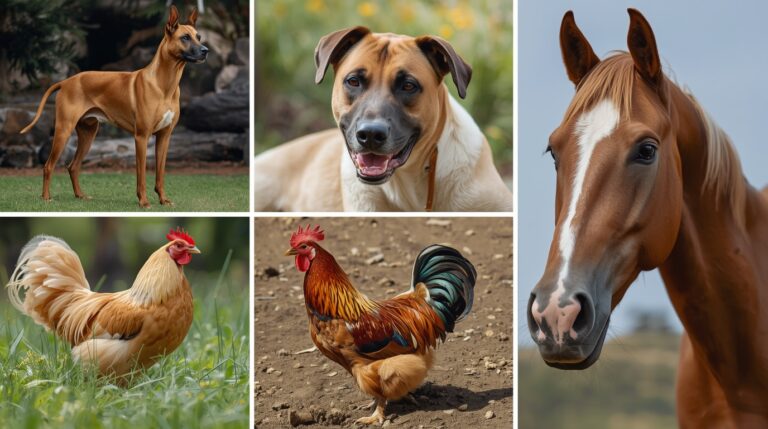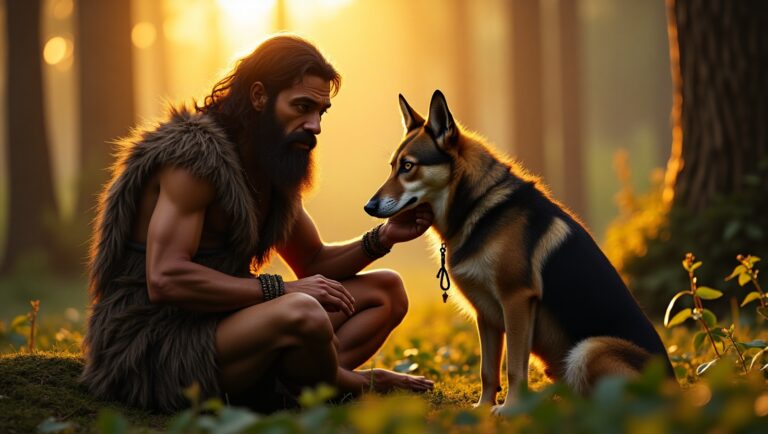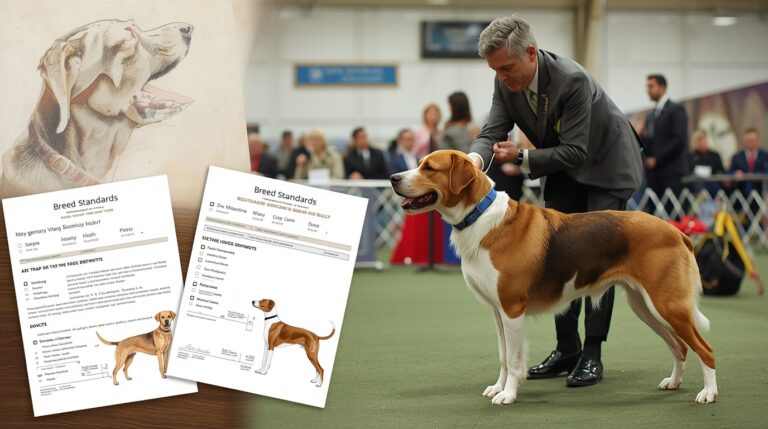Dogs in 20th-Century Media and Advertising
Introduction: The Rise of Dogs in Modern Media
Throughout the 20th century, dogs played an integral role in shaping advertising campaigns and media narratives. Their loyalty, innocence, and relatable behavior made them ideal mascots, characters, and even brand ambassadors. From the silver screen to cereal boxes, dogs left paw prints across every medium imaginable.
Early 1900s: The Roots of Canine Advertising
In the early 1900s, advertising was dominated by print media, including newspapers, catalogs, and painted billboards. This era saw the birth of iconic dog mascots such as Nipper, the RCA Victor dog, famously pictured listening to “His Master’s Voice.”
Print Media and Victorian Influence
Victorian-era values celebrated obedience and loyal companionship, which aligned with the qualities dogs represented. Canines in ads were often depicted as noble protectors, appearing in products like firearms, milk, and home goods.
1920s–1930s: Radio and The Silent Film Era
The arrival of motion pictures and radio broadcasts brought dogs into a more animated limelight. During this time, one dog stood out.
Rin Tin Tin: The First Canine Superstar
Rin Tin Tin, a rescued German Shepherd, became a box office sensation, starring in over 20 silent films. He represented bravery, loyalty, and heroism, shaping public perception of dogs as more than pets.
Dogs as Symbols of Loyalty and Strength
Advertisements mirrored this sentiment, portraying dogs in military ads, industrial branding, and even insurance—areas where trust was key.
1940s: War-Time Imagery and Propaganda
During World War II, dogs symbolized patriotism, courage, and protection.
Military Mascots and Patriotic Campaigns
Canines were used in war bond posters, and many brands donated ad space to promote the war effort using imagery of dogs guarding homes or accompanying soldiers.
Homefront Ads Featuring Dogs
From food rations to clothing, brands used dogs to foster emotional connection with consumers facing war-related hardships.
also read this Modern Canine History (19th Century–Present)
1950s: The Golden Age of Television
Television’s rise allowed visual storytelling to flourish, and dogs became TV stars and commercial icons.
Lassie’s Cultural Impact
No dog symbolized post-war idealism better than Lassie. She was the embodiment of family values, appearing in both TV series and cross-promotional ads for cereal, detergent, and dog food.
Dog Food Brands Using Mascots
Brands like Ken-L Ration used singing dogs and jingle-driven mascots, revolutionizing the way pet products were marketed.
1960s: Emotional Connection and Family Appeal
The 1960s emphasized domestic life and emotional storytelling.
Suburban Advertising with Dogs
Ads showed dogs with children in backyards, creating imagery tied to trust, playfulness, and security.
Shifting Roles in Commercials
Canines were now not only mascots but storytelling devices, guiding plotlines in 30-second commercials.
1970s: Counterculture and Quirky Canines
As society embraced quirkier, more individualistic marketing, dogs in advertising became more humorous and diverse.
Advertising with Humor
Talking dogs, animated mutts, and even clumsy sidekicks gained popularity. Dogs began appearing in soda, cleaning products, and car commercials with comic flair.
1980s: Commercial Boom and Iconic Campaigns
The 1980s were saturated with mass-market TV ads, creating some of the most memorable canine brand ambassadors.
Spuds MacKenzie and Brand Identity
Spuds MacKenzie, a Bull Terrier created by Bud Light, became an overnight sensation. Despite controversy, Spuds became symbolic of party culture, merging dog appeal with lifestyle branding.
Dogs in Beer and Beverage Ads
Other brands, such as Old Milwaukee and Pepsi, followed suit with similar canine-themed humor.
Famous Dogs in 20th-Century Film and Cartoons
Beyond commercials, dogs in media shaped generational identities.
Disney Dogs: Pluto and Lady & The Tramp
Pluto, Mickey Mouse’s dog, and the characters in Lady and the Tramp introduced emotional storytelling and romantic anthropomorphism in animation.
Scooby-Doo and Hanna-Barbera Characters
Scooby-Doo blended humor and mystery, appealing to kids and adults alike, becoming an advertising figure for toys, snacks, and apparel.
The Psychology Behind Dogs in Ads
Dogs embody comfort, trustworthiness, and protection—qualities consumers subconsciously associate with brands.
Neuromarketing and Animal Imagery
Studies in neuromarketing show that animals, especially dogs, increase attention span and message recall by up to 47%.
Packaging and Print Evolution
Throughout the century, dogs appeared on everything from breakfast cereals to laundry soap.
Grocery Store Appeal with Friendly Faces
Smiling dog faces made products feel approachable, helping build brand familiarity and boosting shelf impact.
Cultural Significance of Canine Imagery
Dogs became visual metaphors for American ideals—freedom, loyalty, and comfort.
Breed Trends in Advertising
Certain breeds had more commercial traction.
Popular Dog Breeds in Ads
- Labradors: Friendly, family-oriented
- Terriers: Energetic, rebellious
- Collies: Trustworthy (Lassie)
- Bulldogs: Tough, patriotic (used in war ads)
Dogs in Non-Profit and Public Messaging
Animal shelters and causes used dogs to highlight need and empathy.
Emotional Appeal in Social Causes
Images of sad, abandoned dogs led to high-converting donation campaigns, especially in TV ads during the 1980s.
Global Influence: Dogs Beyond American Media
UK and Buster Brown
British brands like Buster Brown used dogs to communicate childlike innocence and reliability.
Japan’s Animated Dog Mascots
Characters like Shiba Inus became cultural icons through animated storytelling and brand licensing.
Iconic Brands Featuring Dogs
- RCA Victor: Nipper listening to music
- Pedigree: Nutritional science meets affection
- Hush Puppies: Retro footwear with a basset hound
Mascot Longevity and Brand Recognition
Dogs helped brands stay in public memory longer due to emotional bonds and repeat exposure.
Collectibles and Cultural Memorabilia
Vintage ads with dogs are now collector items—figurines, signs, and posters evoke powerful nostalgia.
Legacy and Impact on Modern Marketing
Modern mascots like Doug the Pug or Tuna the Dog on Instagram are the digital descendants of 20th-century advertising canines.
Conclusion: The Enduring Power of Canine Branding
From silent films to Instagram Reels, dogs have remained at the center of emotional marketing. Their ability to build trust, deliver messages with relatability, and create nostalgia has made them timeless symbols in media and advertising.





